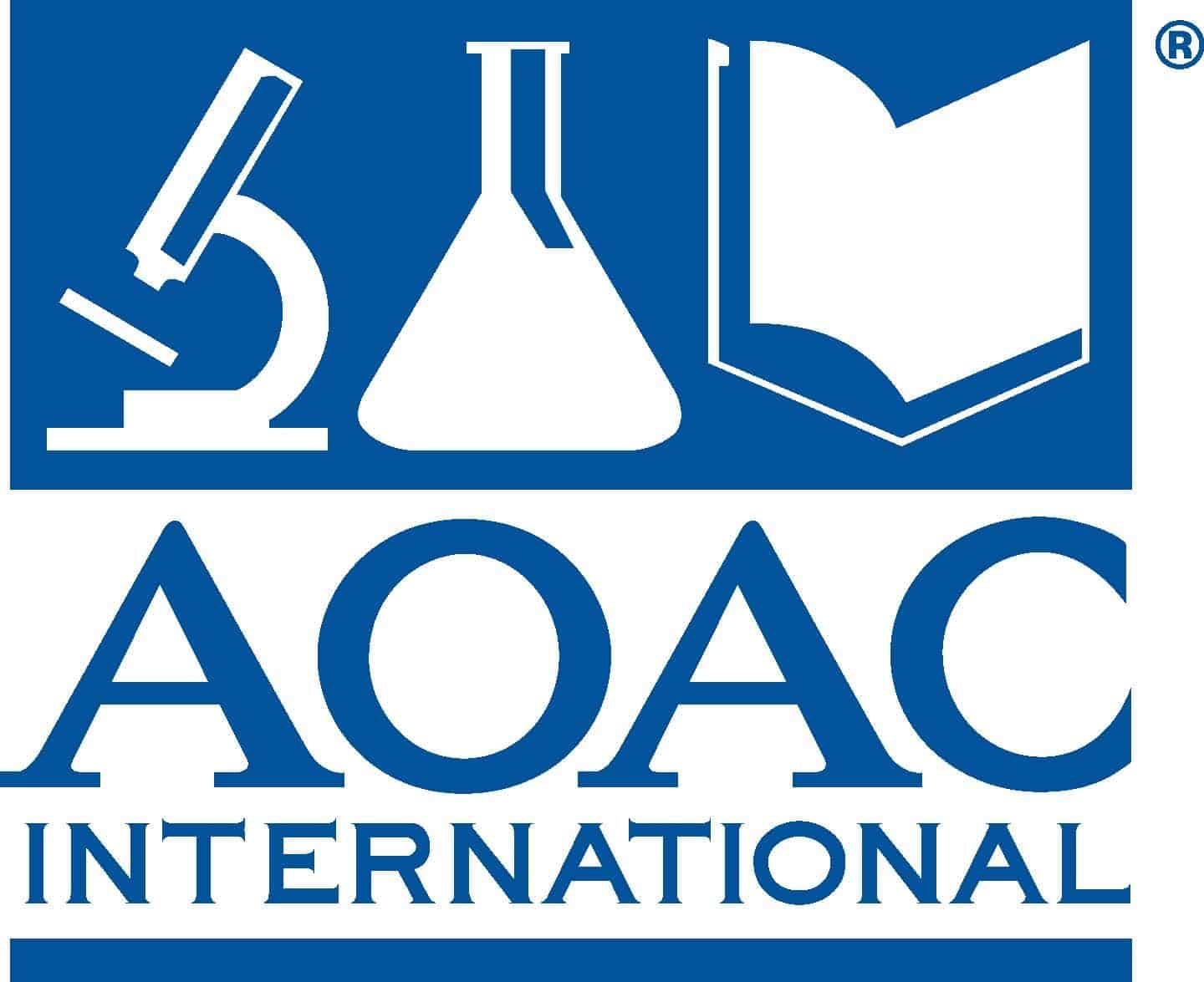Spectroscopy
- FTNIR Antaris
- FlameNIR
- FTIR Cary 630
- FTIR Exoscan 4100
- UV-Vis Helios Aquamate
Chromatography
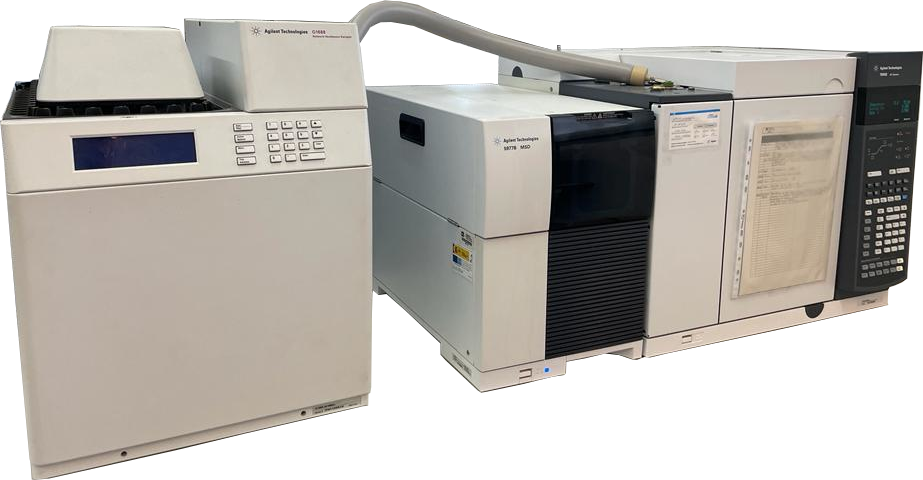
The equipment on the left image is an Agilent Technologies HS-GC-MS consisting of a headspace autosampler (HS) (which introduces the volatiles generated in the gas phase above the sample directly to the chromatographic column), a 7890 gas chromatograph (GC) and a 5977B MSD mass spectrometry (MS) detector. This system can be configured for use as an electronic nose, i.e. to obtain a sample-specific signal. This fast growing technique is very useful for classifying samples, verifying their authenticity, etc. In addition, chromatography can also be used to obtain the volatile profile of the sample.
The equipment on the right is a GC-FID from Agilent Technologies consisting of a HP 6890 gas chromatograph and a flame ionisation detector (FID). This system, although it does not provide as much information as a mass spectrometry detector, is also useful for the analysis of aromas when they are previously characterised samples. In addition, this equipment has an accessory for olfactometry, i.e. to detect and assign an aroma to each compound, by means of human olfaction (of a trained analyst).
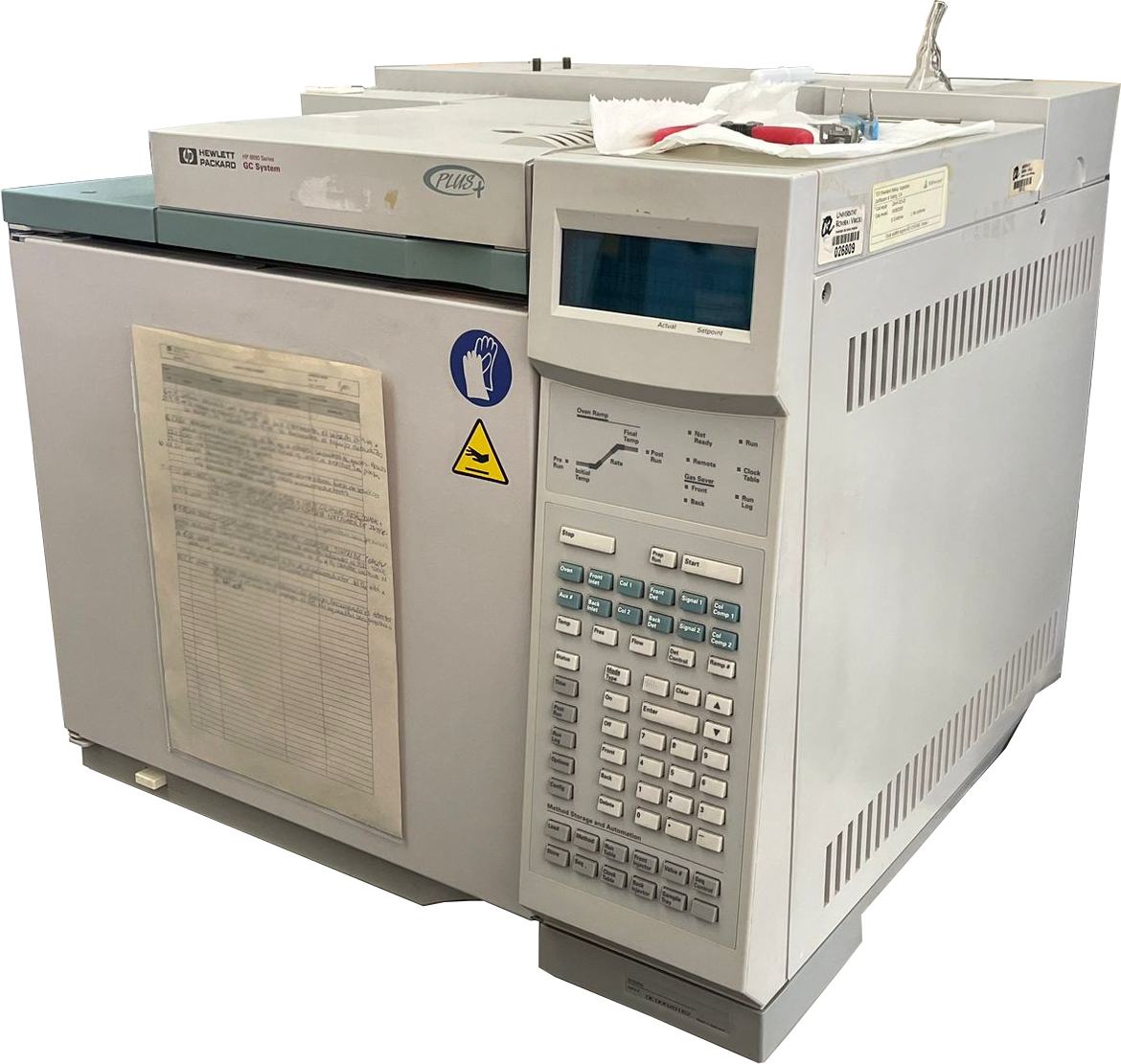
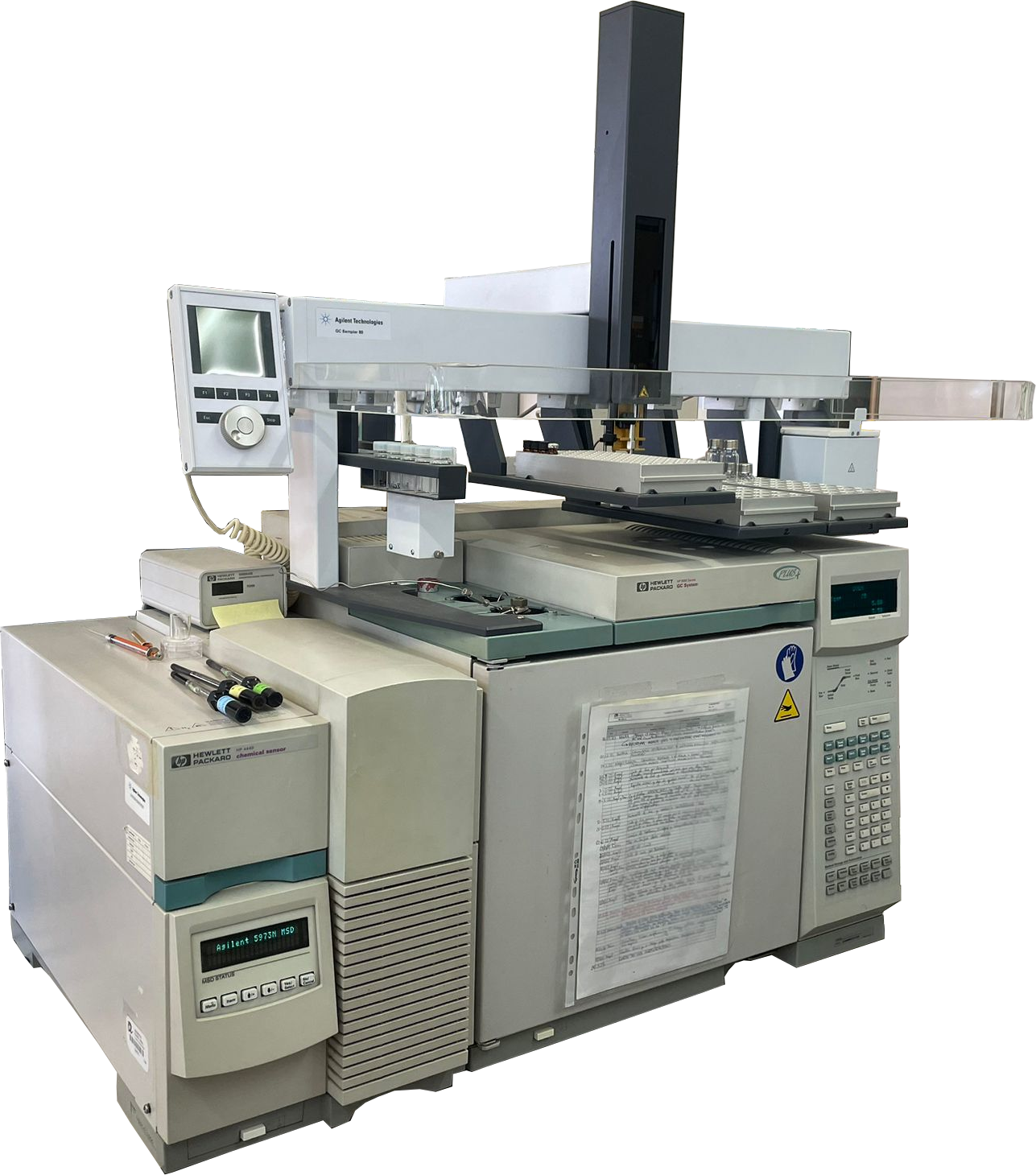
This Agilent Technologies GC-MS system consists of an HP 6890 gas chromatograph and an HP 4440 mass spectrometry detector. This system, in addition to allowing both qualitative and quantitative chemical analysis of the sample, has a coupled SPME fibre autosampler, which automates the extraction and injection of a series of samples, improving the reproducibility of the results obtained.
Sample pretreatment
Solid phase microextraction (SPME) is an analytical sample preparation technique used for the extraction and pre-concentration of volatile and semi-volatile compounds. It consists of using a fibre coated with a polymer capable of retaining the compounds (flavourings) of interest. This technique, used in conjunction with the chromatographic techniques listed above, makes it possible to extract, concentrate (allowing the analysis of aromatic compounds at low concentrations) and identify the aromatic molecules.
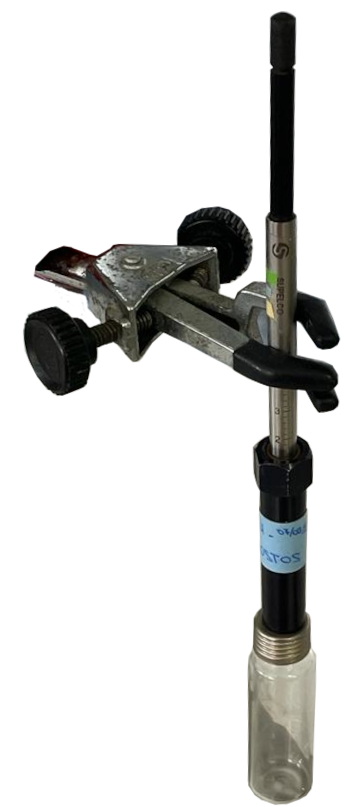
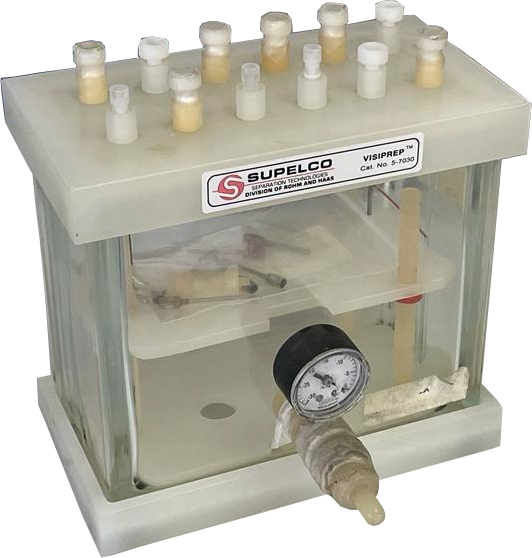
Solid phase extraction (SPE) is a technique used for the purification and concentration of analytes in liquid samples. It consists of passing the sample through a specific adsorbent material. Compounds of interest are selectively retained while impurities and other unwanted components are discarded. SPE is widely used in sample preparation in food analysis.
Spectroscopy
The Antaris FTNIR is a near infrared (NIR) spectrometer manufactured by Thermo Fisher Scientific. This instrument is used for qualitative and quantitative analysis of samples through infrared spectroscopy (800-2600 nm). The Antaris NIR uses a source of infrared radiation that interacts with the sample, generating a characteristic absorption spectrum. This equipment stands out for its high sensitivity, speed of analysis and capacity to perform measurements on a wide range of samples and measurement modes (reflectance, transmittance...), which makes it a tool for food analysis.
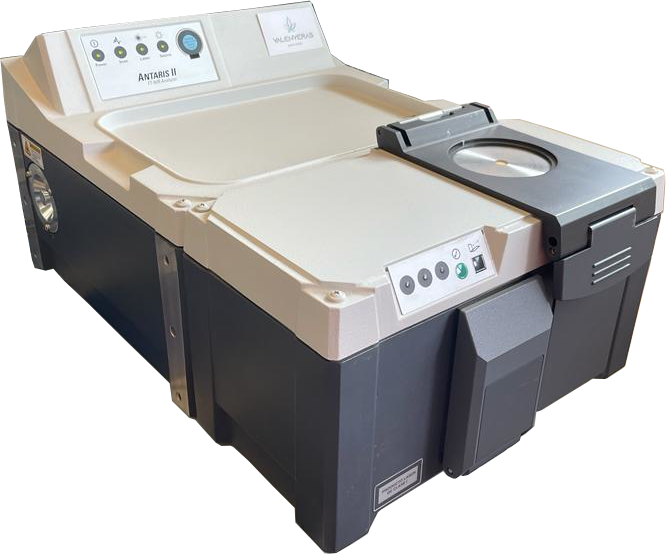
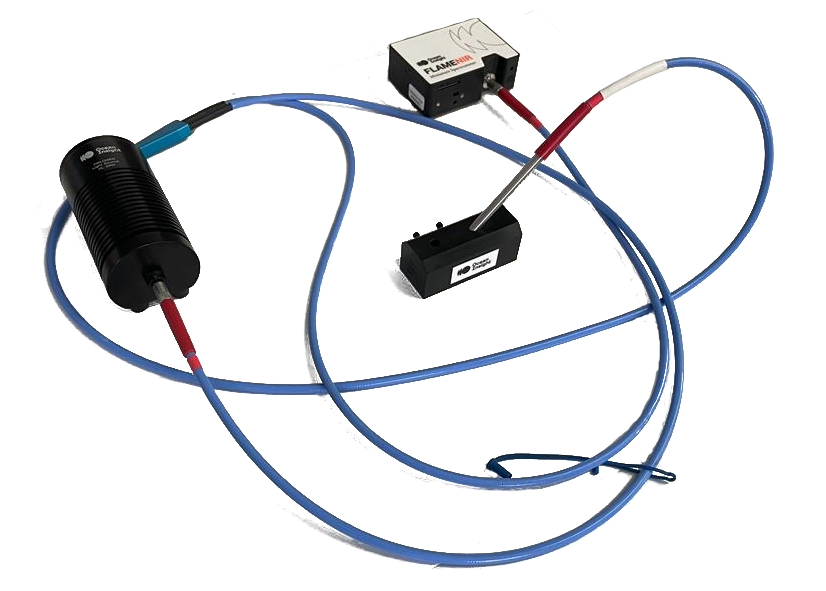
The FlameNIR is a near infrared (NIR) spectrometer manufactured by Ocean Optics. This instrument is used for rapid, non-destructive analysis of samples in the near infrared range (900-1700 nm). With its modular, compact and portable design, the FlameNIR is easy to use both in the field and in the laboratory. The necessary components for diffuse reflectance and transmittance measurements are available. And with its ability to analyse samples quickly and without the need for sample preparation, the FlameNIR is a versatile and convenient tool for applications such as agriculture, food and beverage, and quality control.
The FTIR Cary 630 is a Fourier Transform Infrared Spectrophotometer (FTIR) manufactured by Agilent Technologies. This instrument is used to measure the absorbance and transmittance of samples in the infrared wavelength range (2500-12000 nm). Its compact and highly sensitive design allows accurate and reliable measurements, even on low concentration samples. In addition, the Cary 630 offers a variety of accessories and analysis options, making it a versatile tool for qualitative and quantitative analysis of compounds. We make use of the ATR (attenuated total reflectance with single rebound diamond crystal) measurement accessory and press to ensure full contact between the sample and the crystal, providing highly reproducible results.
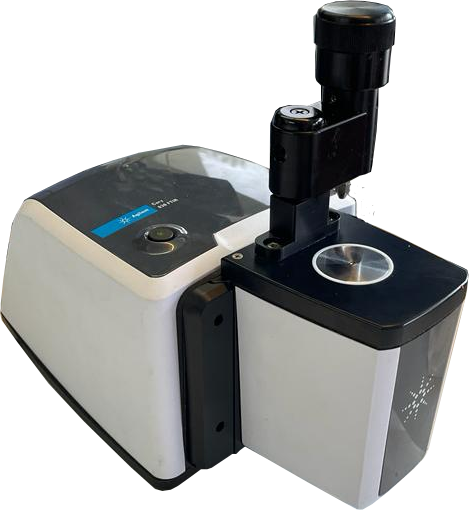
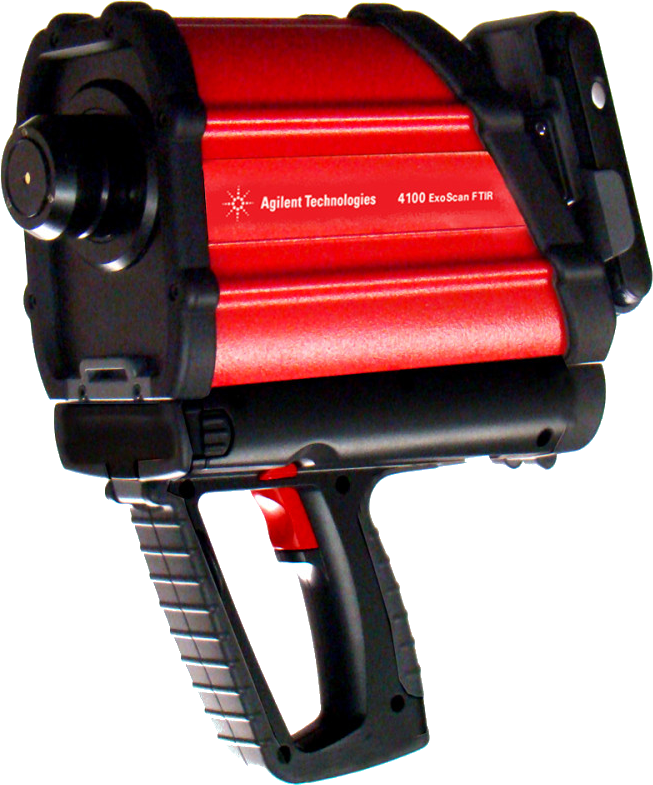
The Exoscan 4100 FTIR is a portable Fourier transform infrared spectrometer manufactured by Agilent Technologies. This compact and easy-to-use device allows qualitative and quantitative analysis of samples using infrared spectroscopy. The Exoscan FTIR is particularly suitable for field applications, as its rugged, portable design allows on-site measurements to be carried out without the need to transport samples to the laboratory. It has interchangeable accessories that allow diffuse reflectance, ATR or specular reflectance measurements.
The Helios Aquamate UV-Vis, an ultraviolet-visible (UV-Vis) spectrophotometer manufactured by Thermo Fisher Scientific, is an analytical tool used to measure the absorbance or transmittance spectrum of samples in the ultraviolet-visible wavelength range (200-1000 nm). This equipment offers high precision and sensitivity in the measurement of liquid samples, allowing a wide range of applications, from the quantification of chemical compounds to the classification of complex samples.
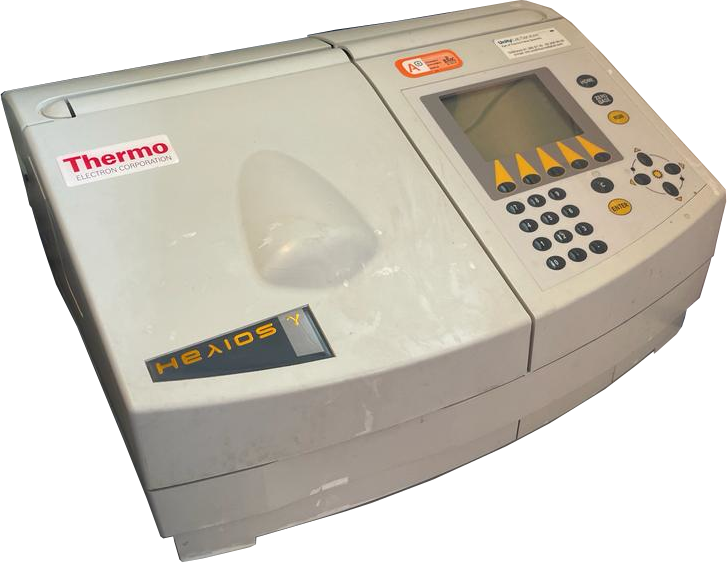
Data analysis

All of the above techniques require data analysis, interpretation and the generation of results of scientific or industrial interest. Through data analysis it is possible to identify and quantify the components of a sample, evaluate the quality of the data or detect possible errors or trends, thus it is essential to obtain reliable conclusions and make informed decisions. Our group has access to MATLAB and PLS_Toolbox software (as well as other data analysis software such as Excel or R) that allows us to perform a variety of tasks, such as data correction, data visualisation, detection of relevant variables or samples, construction and validation of models to predict physico-chemical properties of interest. In addition, they offer a wide range of graphical tools and statistical functions that facilitate the visualisation and interpretation of the results obtained.
Food reference analysis
Our laboratory specialises in the analysis of fermented foods and beverages. We use a wide range of official methods established by the International Organisation of Vine and Wine (OIV), International Olive Council (IOC) and the Association of Official Analytical Collaboration (AOAC) to guarantee accurate, precise and robust results. We have the necessary equipment for a wide variety of analyses: sugars, ethanol, polyphenols, ... in different food samples.
